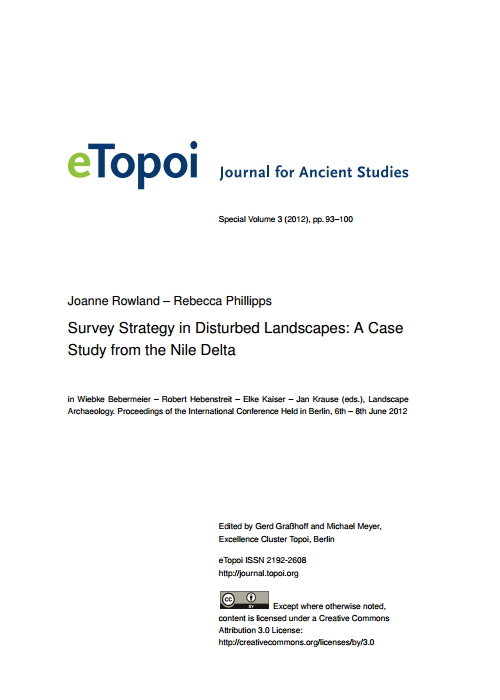Survey Strategy in Disturbed Landscapes: A Case Study from the Nile Delta
The development of archaeological survey design is important, especially in environments that have undergone substantial modification since prehistoric times. Here we present a method for examining such landscapes and preliminary results of the implementation of this method. We hope to illustrate the value of these landscapes in contributing to our understanding of prehistoric human-environment interaction and the formation processes acting on the archaeological record. Subsistence practice is an important aspect of human-environment interrelationships, and in the context of the mid to late Holocene, this includes changing agricultural strategies. Ironically, modern agriculture and settlement pattern change presents one of the biggest challenges in carrying out this research. This is often seen as a destructive post-depositional process whereby the archaeological record becomes destroyed and visibility of any remnants obscured. The study of this subject is particularly appropriate in the context of prehistoric archaeological research in Egypt, especially in the Nile Delta, a region of where agriculture and settlement are rapidly expanding.

